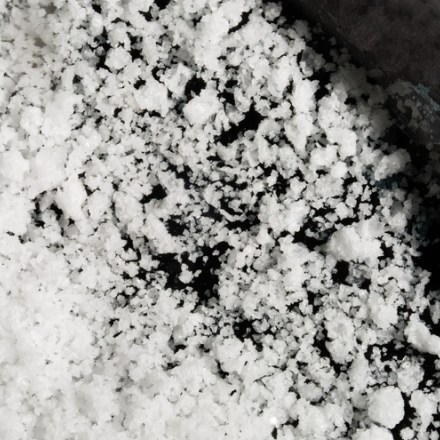Ingredients
| 3,950 g | clean seawater |
| 450 g | water (if needed) |
| 158 g | Diamond Crystal kosher salt (if needed) |
| 4 quarts clean seawater |
| 2 cups water (if needed) |
| 5½ ounces Diamond Crystal kosher salt (if needed) |
Essential Equipment
Instructions
- 3,950 g clean seawater
- Adjust oven rack to middle position and heat oven to 300 degrees F/150 degrees C. Transfer water to bowl or liquid measuring cup and let sediment settle for 5 minutes. Gently pour clear brine into 13 by 9-inch baking dish, being careful to leave sediment behind; discard sediment. Transfer dish to oven and bake until brine fully crystallizes, about 1½ hours. Let salt sit until cool enough to taste. Taste salt. If salt tastes great, gently scrape up salt with metal spatula and transfer to airtight container. (Salt can be stored indefinitely.) If salt is bitter, proceed to step 3.
- 450 g water
- 158 g Diamond Crystal Kosher Salt
Instructions
- 4 quarts clean seawater
- Adjust oven rack to middle position and heat oven to 300 degrees F/150 degrees C. Transfer water to bowl or liquid measuring cup and let sediment settle for 5 minutes. Gently pour clear brine into 13 by 9-inch baking dish, being careful to leave sediment behind; discard sediment. Transfer dish to oven and bake until brine fully crystallizes, about 1½ hours. Let salt sit until cool enough to taste. Taste salt. If salt tastes great, gently scrape up salt with metal spatula and transfer to airtight container. (Salt can be stored indefinitely.) If salt is bitter, proceed to step 3.
- 2 cups water
- 5½ ounces Diamond Crystal Kosher Salt
